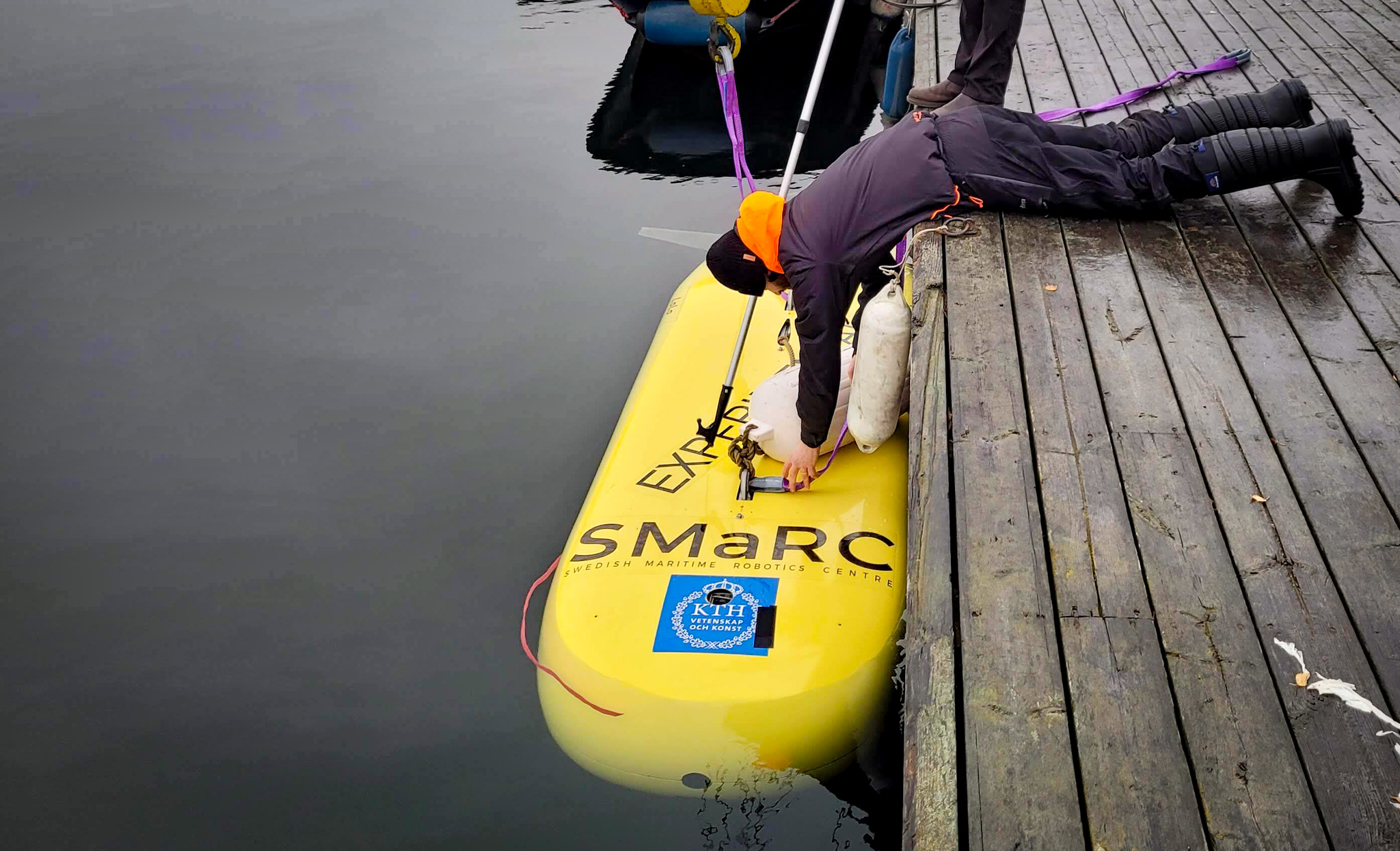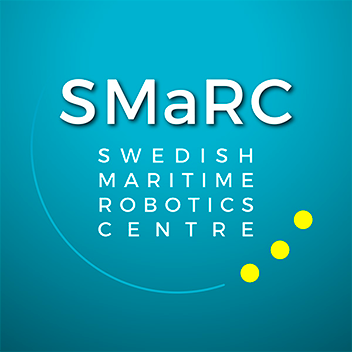Rebuilding for expedition: Clemens Deutsch about the evolution of AUV LoLo
In 2023, the large AUV LoLo (Long Distance Long Range) has undergone an evolution. “It was necessary to rebuild LoLo, almost from scratch, due to several reasons. The AUV is about to carry out more demanding expeditions, and therefore an overall update was needed”, Clemens Deutsch, SMaRC postdoc says.
 One update that the LoLo team has been developing is enhancing the pressure rating. The work resulted in LoLo’s capabilities elevating considerably, soaring from a previous rating of 300 meters to an impressive 1000 meters. The goal was to ensure adaptability and endurance in deeper oceanic exploration.
One update that the LoLo team has been developing is enhancing the pressure rating. The work resulted in LoLo’s capabilities elevating considerably, soaring from a previous rating of 300 meters to an impressive 1000 meters. The goal was to ensure adaptability and endurance in deeper oceanic exploration.
Another update concerns the battery system. LoLo now boasts the capability to embark on autonomous missions spanning up to 24 hours, covering approximately 3 kilometers in distance. The upgrade not only extends LoLo’s operational duration but also introduces a new level in ease of use.
Also, the team has developed a more reliable and precise underwater navigation. The enhancement came in the form of a new Inertial Navigation System (INS). The addition has strengthened LoLo’s ability to navigate underwater, ensuring reliable and accurate positioning, a fundamental requirement for successful underwater missions.
Added to this LoLo has been provided with a full scientific sensor suite including multibeam echo sounder, wide-band echo sounder and environmental sensors. The sensors have a wide range of capabilities such as being able to acoustically imaging the seafloor, identify gas plumes and characterization of the marine biosphere, and study how much CO2 the oceans absorb from the atmosphere.
As LoLo continues to evolve and adapt, it stands poised to chart new territories and explore the depths of our oceans. Making these updates requires a range of different skills and specialties. Other than Clemens, Niklas Rollerberg, SMaRC research engineer, is part of the team that have completed the work.
